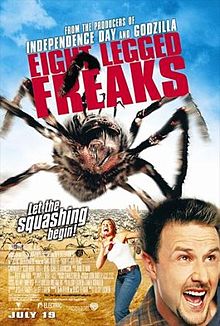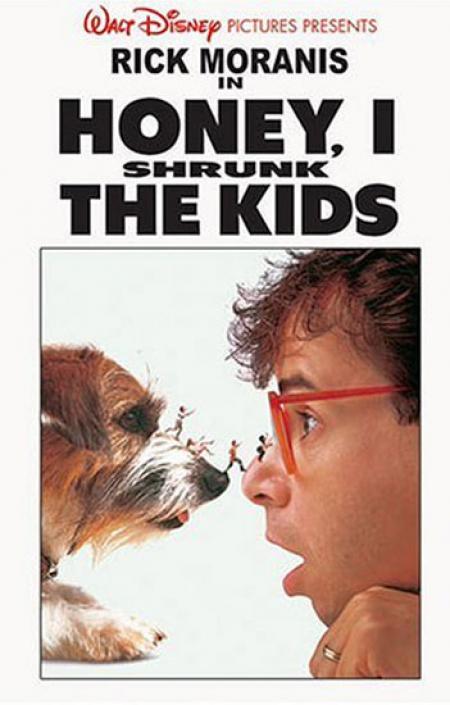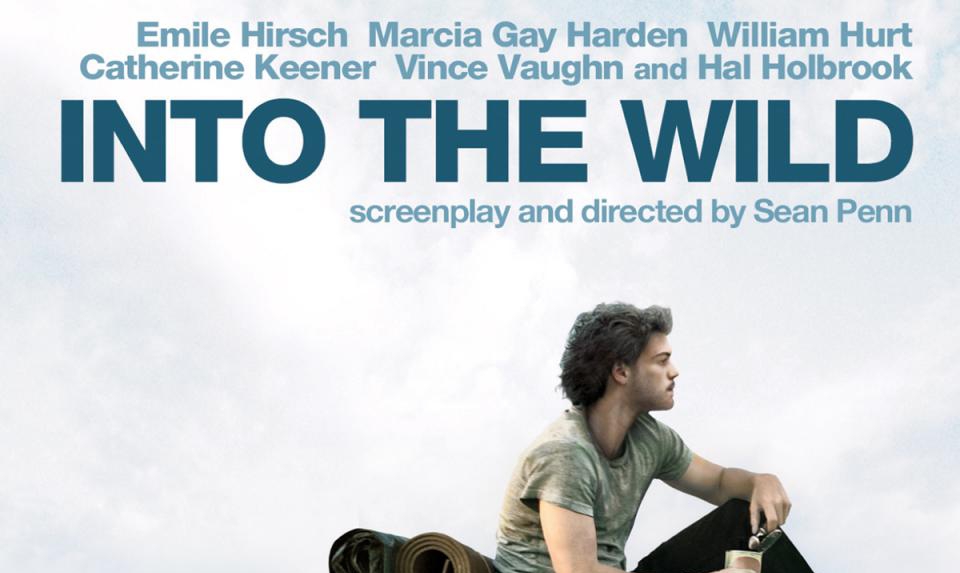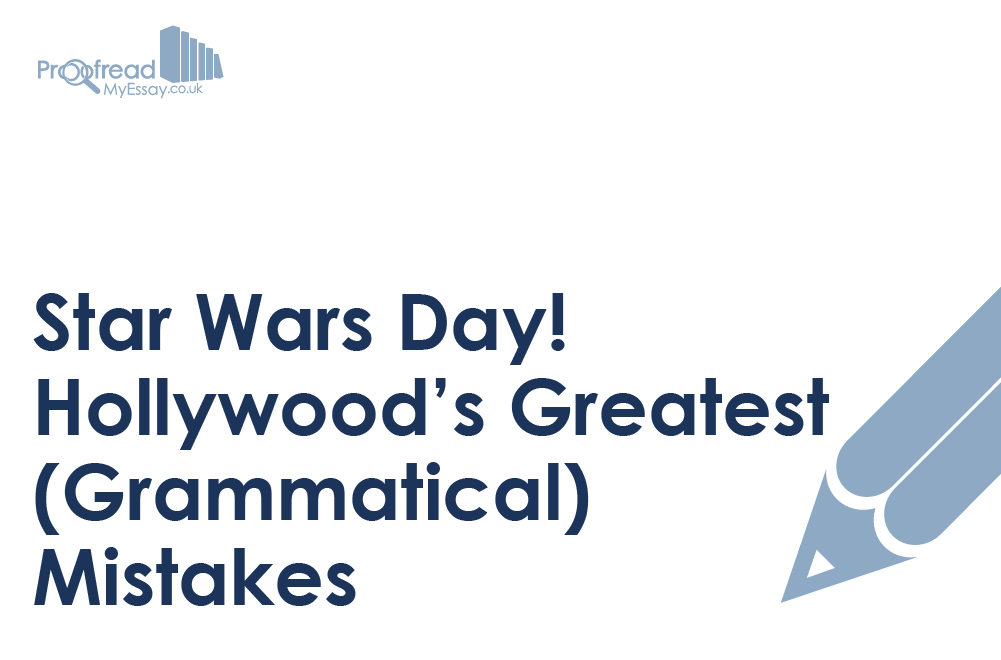To celebrate Star Wars Day – slogan, ‘May the 4th Be With You’ – we’re delving into the murky world of Hollywood films and the grammatical mistakes contained therein.
You see, although Hollywood might be the ‘Dream Factory’ where our most vivid fantasies are brought to the screen, it hasn’t always been a good grammatical role model. Take the following examples…
Eight Legged Freaks
Punctuation is often the first thing to go in a film poster, as it seems graphic designers have little respect for the English language.
The list of examples is endless, from the weirdly comma-less Burn Hollywood Burn to the missing question mark at the end of Who Framed Roger Rabbit.

However, more worrying is the hyphen absent from Eight Legged Freaks. If it were a film about giant spiders, as the poster suggests, the title should be ‘Eight-Legged Freaks’. But it isn’t, so we can only assume it’s about eight freaky people who happen to have legs. The Pogues, maybe.
Honey, I Shrunk the Kids
We’ll give Honey, I Shrunk the Kids some credit for knowing how a comma works. But when it comes to grammatical tense, this title still falls short: ‘shrunk’ is the past participle of ‘shrink’, while the simple past tense is ‘shrank’.

As such, the film should be called either ‘Honey, I Shrank the Kids’ or ‘Honey, I’ve Shrunk the Kids’. We refuse to acknowledge Rick Moranis in any other role until this has been fixed.
Into the Wild
While there is nothing ungrammatical about the title of Into the Wild, the poster is notable for containing the cryptic statement ‘Screenplay and Directed by Sean Penn’.

What could this mean? ‘Screenplay’ is a noun, so ‘Screenplay by Sean Penn’ would simply mean the screenplay was written by Sean Penn. Likewise, ‘directed’ is a verb and ‘Directed by Sean Penn’ would be a simple enough statement.
Find this useful?
Subscribe to our newsletter and get writing tips from our editors straight to your inbox.
But put them together and we’re left with the unfortunate conclusion that Sean Penn thinks ‘screenplay’ is a past tense verb. Or that a poster designer somewhere didn’t give a damn about grammatical parallelism.
Star Wars: The Force Awakens
It’s Star Wars Day, so this list wouldn’t be complete without at least one appearance from the famous sci-fi franchise. And we’re going to pick on Star Wars: The Force Awakens. This film is interesting for the lack of commas around ‘Luke’ when they identify Leia’s brother in the opening text crawl.

As this article points out, we use parenthetical commas to add non-essential details, such as a name when we already know who a sentence is about. So, if Leia only had one brother, the opening crawl should say:
She is desperate to find her brother, Luke, and gain his help…
The commas here indicate that the name is extra detail, but we already know who ‘her brother’ is because Leia only has one brother. Instead, the crawl in The Force Awakens says:
She is desperate to find her brother Luke and gain his help…
And this opened up the possibility that Luke is one of multiple brothers to Leia! Was J. J. Abrams hinting at something that was going to happen in the Star Wars series? Unfortunately, no. Despite some excitement on the internet, it was just a punctuation error. But that’s still a more satisfying twist than the ending of Lost, so maybe we can give J. J. a pass on this one.



